Becoming a Certified Nursing Assistant (CNA) in the United States is a rewarding career path with quick entry, meaningful patient impact, and strong job security. CNAs spend their days providing hands-on care – from bathing and feeding to measuring vital signs – under the supervision of nurses. The U.S. Bureau of Labor Statistics (BLS) reports about 1.47 million CNAs employed nationwide, with a 4% job growth projected through 2033. This growing demand stems largely from an aging population needing more care in nursing homes and hospitals.
In this guide, we’ll cover CNA education requirements, certification steps, training timelines, costs, salaries, job outlook, work settings, and advancement paths.
What Is a Certified Nursing Assistant?
A Certified Nursing Assistant (CNA) is an entry-level, state-certified healthcare professional who provides basic patient care – such as hygiene assistance, feeding, and mobility support – under the direction of licensed nurses. CNAs are not nurses, but they are vital nurse aides ensuring patients’ daily needs are met. In practice, RNs (Registered Nurses) and LPNs (Licensed Practical Nurses) have more advanced training, clinical responsibilities, and autonomy, whereas CNAs focus on personal care and must work under supervision. According to the National Network of Career Nursing Assistants, CNAs “promote the comfort and quality of life of patients through compassionate, hands-on care and support”.
How to Become a CNA
Becoming a CNA training typically takes 4-12 weeks after high school. Below is a detailed guide on how to become a CNA:
Meet Minimum Education Requirements
Most CNA programs require at least a high school diploma or GED. Some states allow candidates as young as 16–17 (with parental consent) to begin training, but a clean background check and up-to-date immunizations are universally needed before certification. Many aspiring CNAs also obtain BLS/CPR certification as a prerequisite for clinical training. If you’re still in high school, consider healthcare electives or volunteer work to prepare.
| Stage | Typical Duration | Milestones & Requirements |
|---|---|---|
| High School Education | 4 years (if needed) | Obtain diploma or GED (prerequisite for most CNA programs). Develop basic math, science, and communication skills. |
| CNA Training Program | 4–12 weeks | Complete 75–180 hours of state-approved training (classroom + clinical). Learn basic nursing skills, CPR, and patient care procedures. |
| Certification Exam | 1 day (scheduled) | Take state CNA exam (written test + skills demo). Passing scores required for certification. |
| State Registry Listing | ~1–4 weeks processing | Background check and paperwork (if separate). Get added to state nurse aide registry; receive CNA certificate or license. |
| Job Search & Employment | Varies (0–3 months) | Apply/interview for CNA positions. Complete employer orientation and any facility-specific training. Begin working directly with patients. |
| Ongoing Renewal & CE | Every 2 years (ongoing) | Renew CNA certification by state deadline. Complete required continuing education hours and verify recent work experience as a CNA. |
Complete a State-Approved CNA Training Program
Enroll in an approved nurse aide training program, often offered by community colleges, vocational schools, the Red Cross, or healthcare facilities. Programs typically last 4–12 weeks, combining classroom instruction with supervised clinical practice. You’ll learn nursing fundamentals (infection control, patient rights, basic nursing skills) and get hands-on experience caring for patients in a training lab or nursing facility. States mandate at least 75 hours of training (many require more) covering topics like anatomy, nutrition, and personal care techniques.
Pass the CNA Certification Exam
After training, you must pass your state’s CNA competency exam to become certified. The exam usually has two parts – a written (or oral) multiple-choice test and a practical skills test. You’ll demonstrate skills like taking vital signs, transferring patients, and infection control protocols under an evaluator’s observation. The written section covers core knowledge (e.g. basic nursing care, patients’ rights, communication). Studying your training materials and practicing skills in advance is essential.
Register with the State Nurse Aide Registry
Upon passing the exam, successful candidates are added to their state’s nurse aide registry, officially earning the CNA title. You may need to submit an application to the state licensing agency (often the Board of Nursing or Department of Health) and pay a small registration fee. Being on the registry is required to work in Medicare/Medicaid-funded facilities (like nursing homes). At this stage, you can legally work as a CNA. If moving states later, you can often transfer your CNA via reciprocity, usually by applying and paying a fee for the new state’s registry.
Begin Entry-Level Work
With certification in hand, you can apply for CNA jobs in hospitals, nursing homes, assisted living centers, home health agencies, and more. Entry-level CNAs typically undergo facility orientation and on-the-job training to learn specific procedures and workflows. Expect the first weeks to include mentorship from experienced CNAs or nurses as you get comfortable with patient assignments, documentation, and teamwork. Because CNAs are in high demand, many graduates find jobs quickly – sometimes even at the site where they trained.
Maintain Certification & Continuing Education (CE)
CNA certification must be kept active. Most states require renewal every 2 years, which may involve proving you worked a minimum number of hours as a CNA during that period (commonly at least 8 hours) and completing continuing education. Federal guidelines mandate at least 12 hours of in-service training per year for CNAs in nursing facilities. Continuing education topics can include dementia care, patient rights, or infection control updates. Staying compliant with CE and renewal applications ensures you retain your certified status.
Cost to Become a CNA
Becoming a CNA is relatively affordable compared to other healthcare roles. Training programs often range a few hundred to a couple thousand dollars, and there are options to reduce costs. For example, some nursing homes offer free CNA training if you commit to work for them, and many states have workforce grants or scholarships for nurse aide students. Beyond tuition, budget for exam and registration fees, textbooks, uniforms, and supplies. Tip: Ask prospective programs about included costs – some cover the certification exam or provide materials.
| Expense | Low Estimate | High Estimate |
|---|---|---|
| CNA Training Program (Tuition) | $500 | $1,700 |
| Certification Exam Fee | $80 | $150 |
| State Registration/License | $0 | $50 |
| Continuing Education (annual) | $0 | $100 |
You may also look for state-funded apprenticeship or tuition reimbursement programs. Many employers will reimburse CNA training costs after you work a certain period. Also, check if your state offers testing fee waivers for candidates employed by nursing facilities (federally, training and testing costs are reimbursable to CNAs hired by nursing homes within 12 months of certification).
Duties and Responsibilities of CNAs
CNAs deliver hands‑on daily care and vital emotional support, serving as the crucial link between patients and the nursing team. Here are some of their tasks:
Daily Clinical Tasks
CNAs handle a variety of hands-on tasks to keep patients safe and comfortable each day. This includes assisting with Activities of Daily Living (ADLs) like bathing, dressing, toileting, and feeding. CNAs also take and record vital signs (blood pressure, pulse, temperature, etc.), often on each shift, and alert nurses to any concerning changes. They help turn or reposition patients who are bedridden to prevent bedsores, keep patient rooms clean and stocked, and transport patients within the facility. Because CNAs spend so much time with patients, they often notice subtle health changes first and report these to the care team.
Patient Support & Communication
Beyond clinical duties, CNAs provide vital emotional support and communication for patients and their families. They often develop close bonds with those in their care – offering a listening ear, friendly conversation, and comfort to patients who may feel anxious or lonely. Good CNAs practice empathy and patience: for example, calmly reassuring a confused dementia resident, or respecting a patient’s cultural routines. They also act as a communication bridge, relaying patients’ concerns or requests to nurses. Strong communication skills help CNAs understand patient needs (including non-verbal cues) and keep the healthcare team informed. In many ways, CNAs are advocates – they speak up if a patient seems in pain, and they strive to maintain each person’s dignity and quality of life during care.
Scope Variations by State
The specific duties a CNA can perform may vary based on state laws and additional certifications. All states allow CNAs to provide basic nursing aide care, but some states extend the scope for those with extra training. For instance, with further coursework CNAs can become Certified Medication Aides (CMAs) to administer certain medications under nurse supervision. A few states use different titles for similar roles – e.g., in Ohio a CNA is called a State Tested Nurse Aide (STNA), and in some states “Licensed Nursing Assistant (LNA)” is used. Despite these differences, every CNA must work under a licensed nurse’s direction and cannot perform invasive medical procedures or independent assessments. Always check your state’s nurse aide scope of practice guidelines, as they detail what tasks CNAs may or may not do (for example, some states allow CNA-level blood sugar checks or enemas, others do not).
Salary & Job Outlook
CNA salaries can vary based on experience, location, and work setting, but overall the career offers stable earnings and strong demand.
National Salary Overview
CNAs earn a median annual salary of $39,530 (May 2024), which breaks down to roughly $19 per hour. Entry-level CNAs (bottom 10%) make around $31,000, while those in the top 10% earn over $50,000 per year. Pay can vary by facility type – government and hospital employers tend to offer higher wages (median ~$40–45k) than nursing homes or home health agencies. Overtime is common and can boost income, since CNAs must be paid 1.5× their hourly rate for hours beyond 40 per week under federal law.
State Salary Comparison
CNA salaries differ across states, influenced by cost of living and demand. Below are examples of median annual pay in five states:
| State | Median CNA Salary |
|---|---|
| California | $46,420 |
| New York | $47,390 |
| Texas | $36,390 |
| Florida | $36,850 |
| Louisiana | $30,240 |
Job Outlook and Demand
The job outlook for CNAs is bright. BLS projects CNA employment will grow about 4% from 2023 to 2033, on pace with the average for all occupations. This translates to roughly 216,000 openings each year as new positions are created and as CNAs leave the workforce or advance. Robust growth is driven by the surging healthcare needs of an aging population and widespread nursing shortages, especially in long-term care facilities. In plain terms, qualified CNAs are in steady demand, and that trend is expected to continue in the coming decade.
Career Paths & Advancement
Starting as a CNA can open doors to numerous career paths in healthcare. Many CNAs use their experience as a stepping stone to higher-paying or more advanced roles. Common advancement routes include:
- Licensed Practical Nurse (LPN/LVN). With about 1 year of additional nursing education and passing the NCLEX-PN exam, a CNA can become an LPN. LPNs take on more medical duties (like administering medications, wound care, and basic assessments) while working under RNs. This role offers a higher salary and more decision-making responsibility than a CNA. (Internal advancement: Licensed Practical Nurse (LPN/LVN) Career Guide: How to Become an LPN/LVN).
- Registered Nurse (RN). Many CNAs aspire to become RNs by completing a 2–4 year nursing degree (ADN or BSN) and passing the NCLEX–RN licensure exam. RNs have a broad scope – they develop care plans, perform complex procedures, and coordinate all aspects of patient care independently. CNA experience is a big asset in RN training, as it builds bedside skills and familiarity with healthcare teamwork. (Explore advanced roles: see Registered Nurse Career Guide: How to Become a Registered Nurse (RN))
- Medical Assistant (MA). Some CNAs transition to medical assistant roles, especially if they prefer outpatient settings like clinics or physician offices. MAs typically complete a short certificate program. Unlike CNAs, they split time between clinical tasks (taking vitals, drawing blood) and administrative duties (scheduling, billing). This role can be a good fit if you enjoy office work along with patient care.
- Healthcare Administration. A CNA with an interest in the operations side of healthcare may pursue roles like health unit coordinator, scheduler, or eventually healthcare management (with further education). For example, experienced CNAs sometimes become hospital unit clerks, handling patient records and communications on a nursing unit. Others may earn a degree and move into long-term care administration or training positions. These roles take you away from bedside care but allow you to improve systems and support frontline staff.
CNAs have firsthand exposure to nursing and healthcare teams, which can clarify their professional goals. Some will fall in love with bedside caregiving and remain long-term CNAs (often taking on mentorship roles). Others will decide to climb the nursing ladder. Healthcare employers often provide tuition assistance or flexible schedules for CNAs going back to school. In short, starting as a CNA equips you with fundamental patient care experience that is highly valued if you advance to LPN, RN, or other health roles.
CNA vs. Other Nursing Roles
How does a CNA compare with other nursing roles like LPNs or RNs? In a nutshell, it comes down to education, scope of practice, and responsibility. CNAs complete a short training and perform basic care tasks under supervision, whereas LPNs have ~1 year of nursing education and can perform certain medical procedures (like wound dressings or medication administration) under an RN’s direction. Registered Nurses, who hold associate or bachelor’s degrees, have the broadest scope – they can independently assess patients, administer treatments, and supervise LPNs and CNAs. Also, RNs earn substantially higher salaries and carry greater responsibility for patient outcomes.
All three roles work as a team, but the CNA is the foundation of hands-on caregiving, typically carrying out the care plan that RNs and doctors design. It’s worth noting that CNAs often report to LPNs/RNs, and those nurses rely on CNAs’ observations to inform decisions. Each role is critical, but becoming an RN or LPN requires a bigger educational commitment than becoming a CNA.
Professional Organizations & Resources
One great way for CNAs and aspiring nurse aides to grow professionally is by tapping into organizations dedicated to the field. Below are notable CNA-focused organizations, including their reach, mission, and member benefits:
| Organization | Membership / Reach | Member Benefits |
|---|---|---|
| National Association of Health Care Assistants (NAHCA) | Represents thousands of CNAs across the U.S. (and internationally) in settings from nursing homes to hospitals. | Networking via conferences and an online community, continuing education modules (career ladder courses), mentorship from “CNA coaches,” and recognition awards. Discounted scrubs and CNA gear, plus a national voice lobbying for better work conditions. |
Skills & Qualities for Success
Being a successful CNA requires more than just clinical knowledge—it demands a strong set of personal and professional qualities. From compassion and patience to physical stamina and sharp attention to detail, these skills help CNAs deliver high-quality care while building trust with patients and collaborating effectively with the healthcare team. Here are the key traits that set top-performing CNAs apart.
- Empathy & Compassion. CNAs must genuinely care about patients’ feelings. Demonstrating empathy – understanding a patient’s discomfort or fear – helps build trust and comfort. A kind, compassionate approach improves patient cooperation and emotional well-being.
- Attention to Detail. From noting a slight change in skin color to correctly recording intake/output, being detail-oriented is key. Small mistakes can impact safety, so successful CNAs have a sharp eye for accuracy in vital signs, documentation, and following care procedures.
- Physical Stamina. Nursing assisting is physically demanding. CNAs spend long hours on their feet, lift and turn patients safely, and perform repetitive tasks. Good endurance and body mechanics help prevent injury and fatigue during busy shifts.
- Communication Skills. CNAs need clear communication to work effectively. This means listening to patients’ needs, explaining care steps in simple terms, and promptly reporting observations to the nurse. Being bilingual is a bonus in some settings, but empathy in communication is universal.
- Patience. Things can get hectic or difficult – for example, when caring for a confused elderly resident or a slow-to-recover patient. Top-notch CNAs exhibit patience, maintaining a calm, supportive demeanor even when tasks are repetitive or patients are challenging. Patience ensures respectful, quality care at all times.
- Teamwork. CNAs are part of a larger healthcare team. Cooperating with fellow CNAs, nurses, doctors, and support staff is crucial. A good CNA is a team player – always willing to help colleagues, swap shifts when needed, and contribute to a positive work environment for the sake of patient care.
Ready to Become a CNA?
Ready to become a CNA? This fast-paced career offers meaningful patient connections, flexible schedules, and a quick entry into the healthcare field—all with just weeks of training. It’s a fulfilling way to make a difference and gain hands-on experience, especially if you’re planning to advance as an LPN or RN. However, the role comes with physical demands, emotional challenges, and modest pay. Still, for those passionate about caregiving and seeking a solid foundation in nursing, becoming a CNA can be both rewarding and a powerful first step. Is this the right path for you?
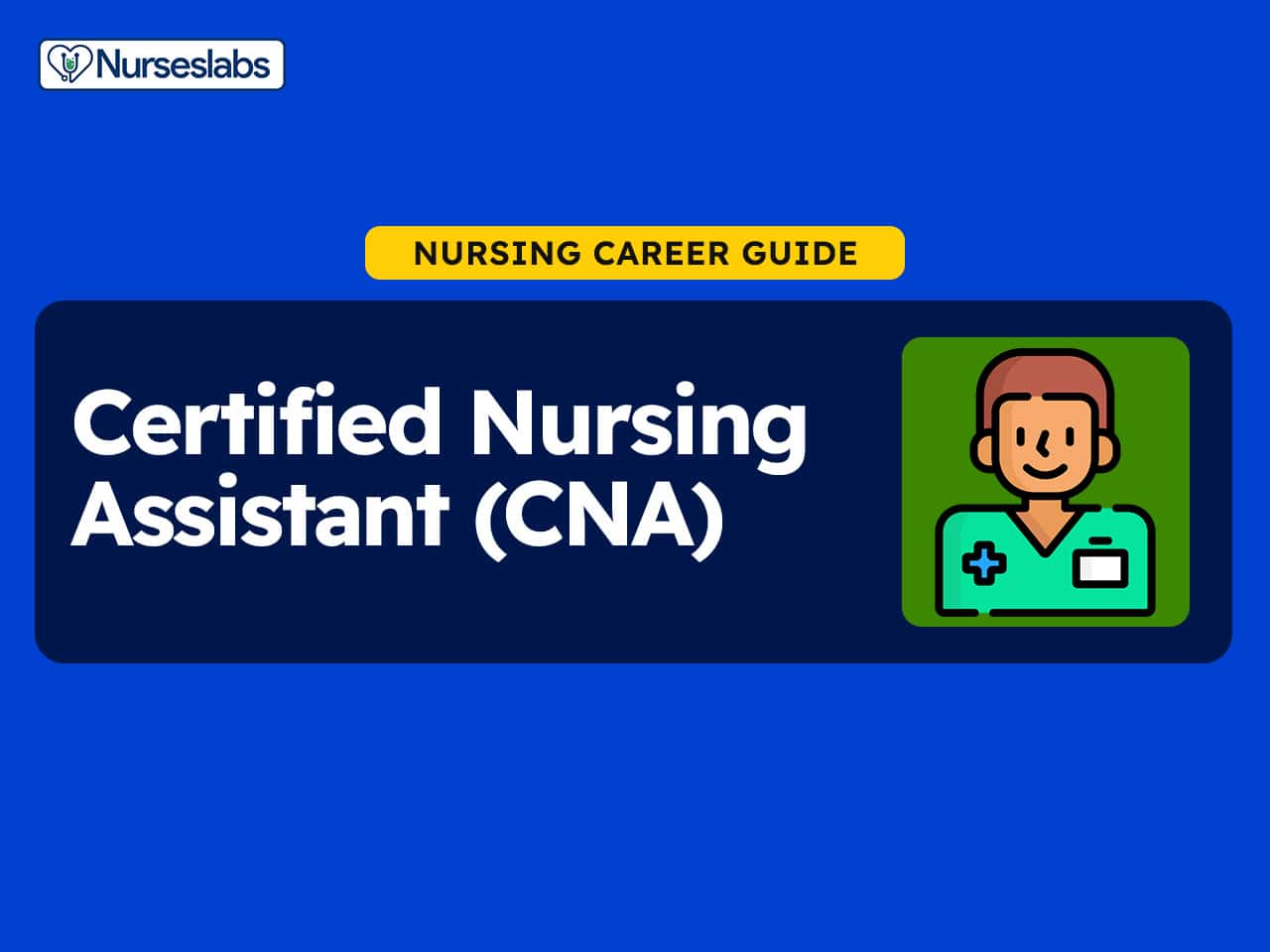


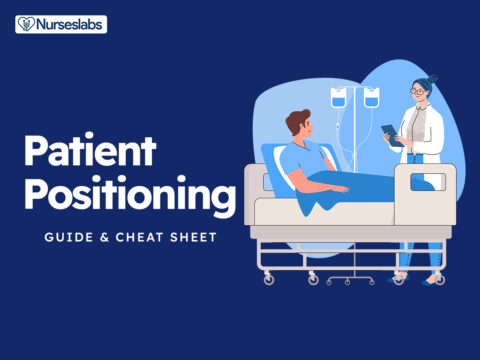


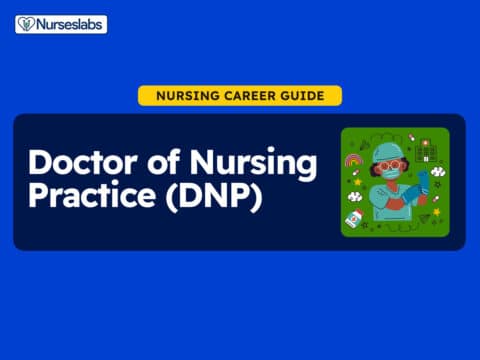



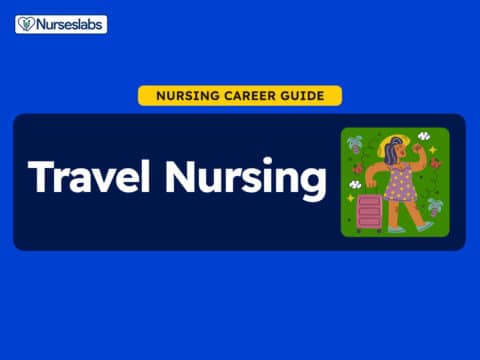
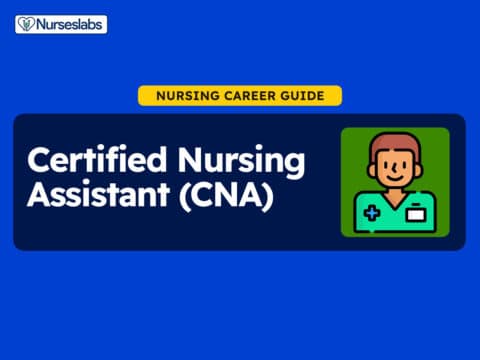

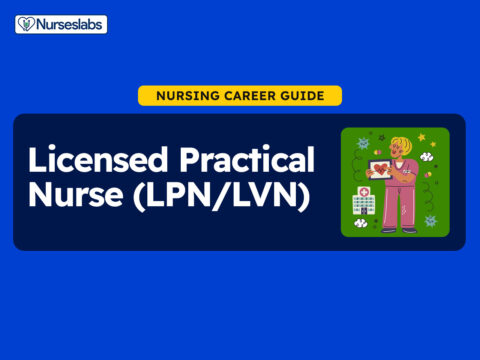


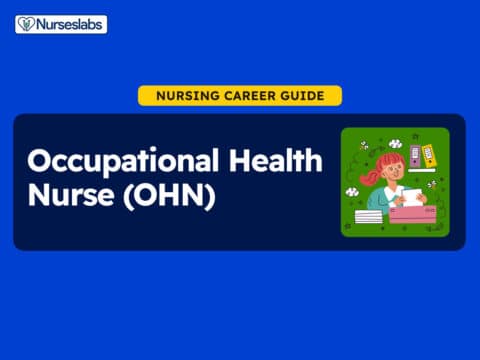
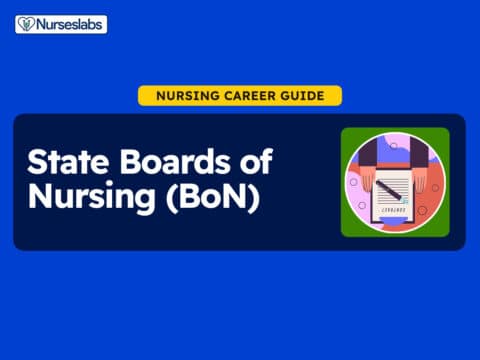

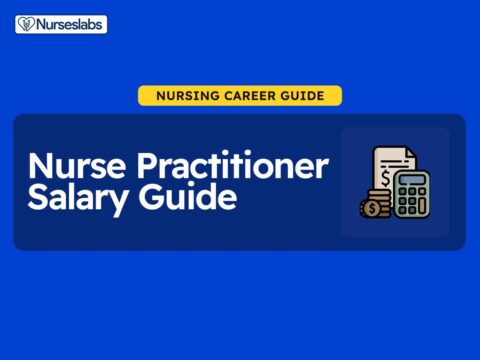






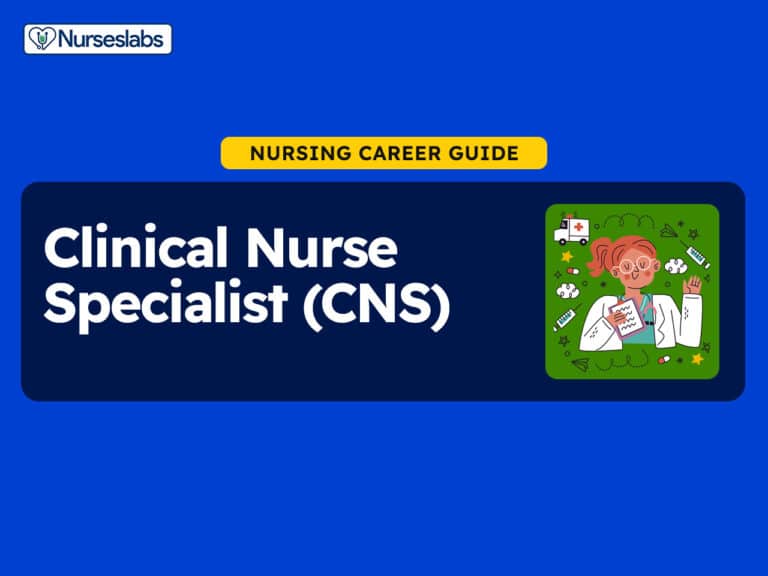


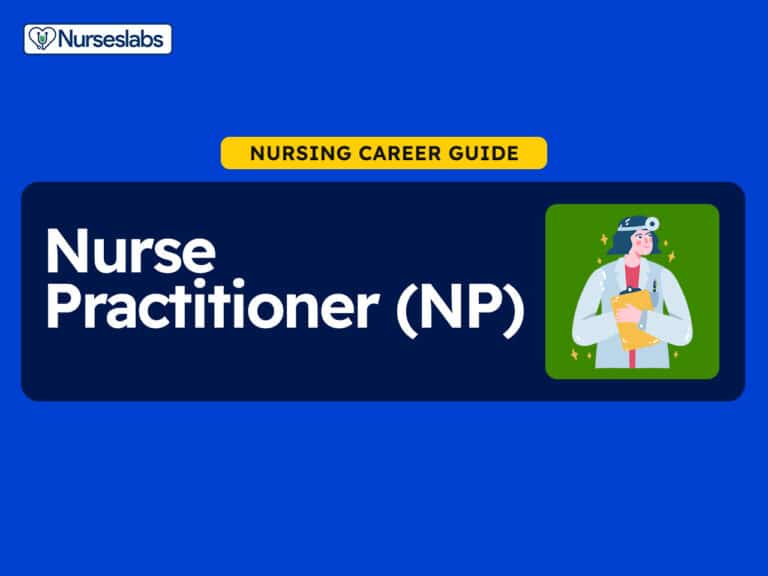
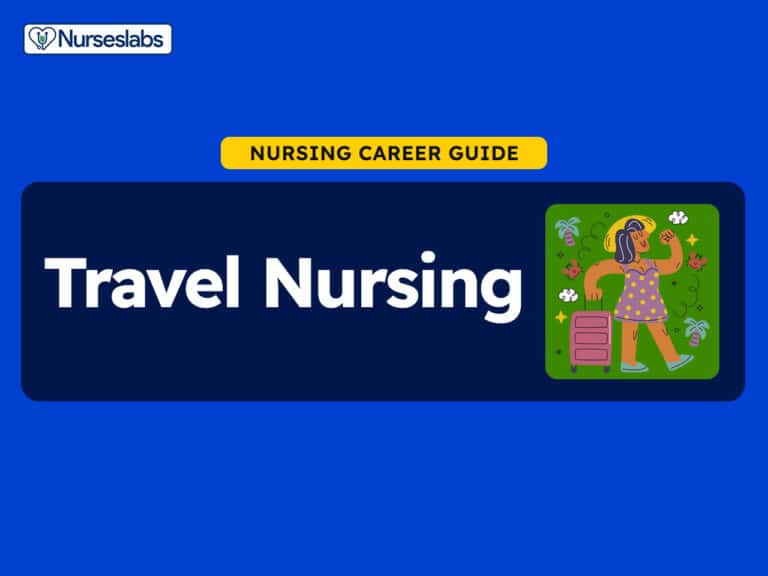

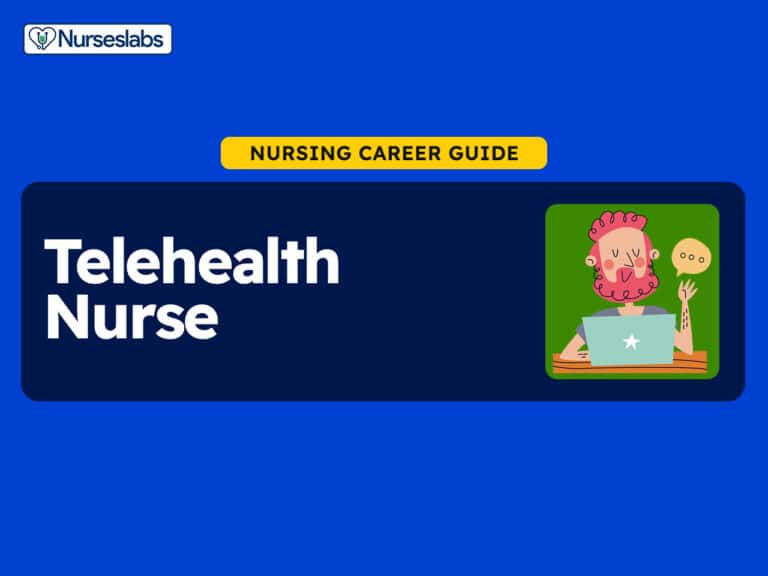


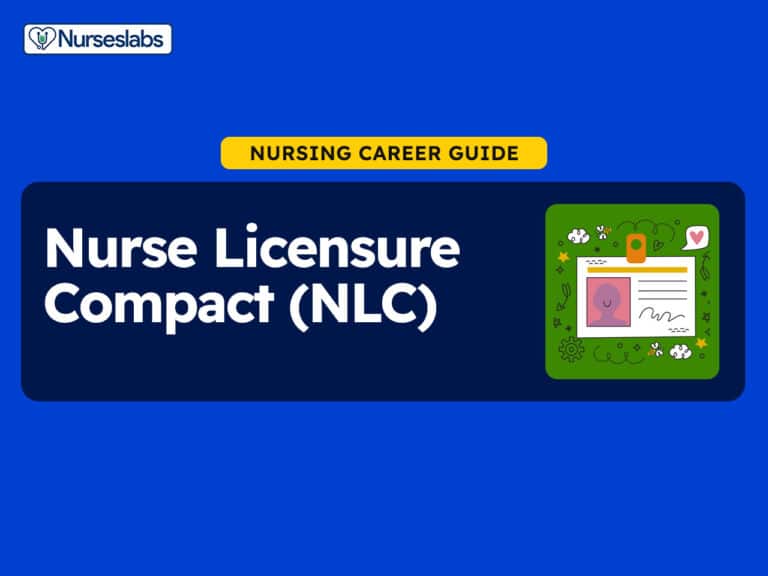
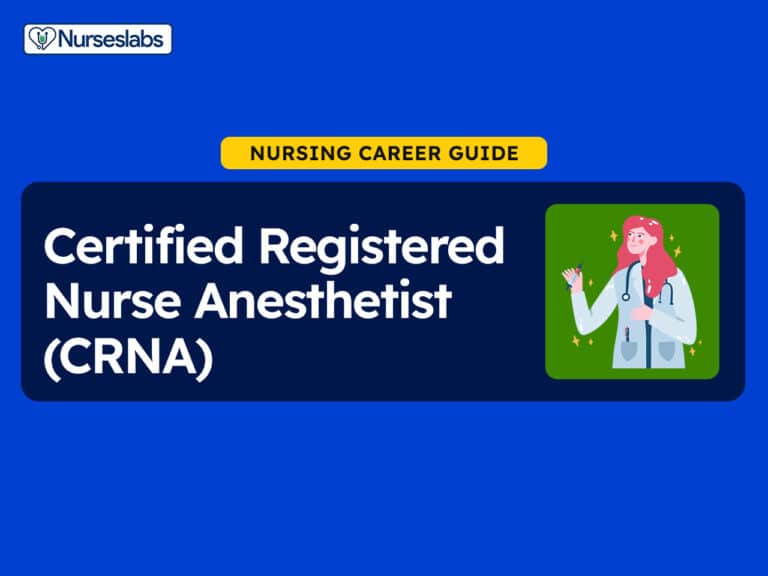
Leave a Comment